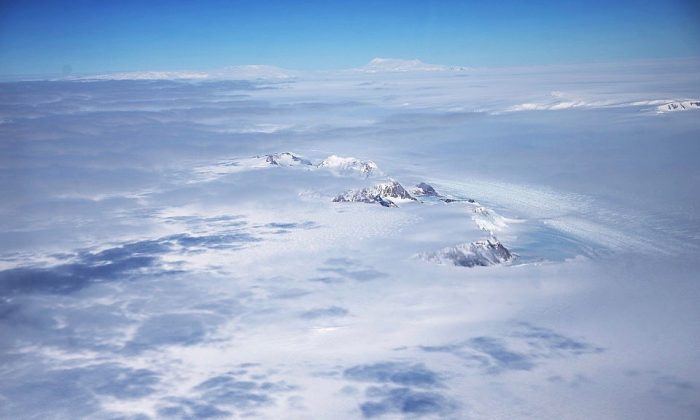American Scientists Witness Decrease in Loss of Antarctic Sea Ice
According to NSIDC, the recent slowdown in Antarctic sea ice loss has halted the speculation that the ice had entered a new phase of significantly reduced extent.
The National Snow and Ice Data Center (NSIDC) in the United States has reported a decrease in the rate of Antarctic sea ice loss, stating that it was well below average in November and December 2024.
NSIDC stated that Antarctic sea ice loss averaged 140,000 square kilometers (54,000 square miles) per day last year, lower than the average of 165,000 square kilometers (64,000 square miles) per day recorded between 1981 and 2010.
As of December 31, 2024, the extent of Antarctic sea ice was 7.32 million square kilometers (2.83 million square miles), closely aligning with the average extent observed between 1981 and 2010.
The recent slowdown in sea ice extent loss has temporarily dispelled the speculation that Antarctic sea ice had shifted into a new phase of significantly reduced extent due to oceanic influences. This idea arose after consistently below-average extents were observed from August 2016 onwards.
Following record low minimum extents in 2017 and 2023, a record-low maximum extent in 2023, and near-record low maximum in 2024, the theory of a regime shift gained traction. The recent reduction in extent loss during December has cast some doubt on this theory.
The report highlighted that sea ice extent was above average in the western Weddell and Amundsen Seas, slightly below average in the Ross Sea, and close to average in other regions.
The concentration of sea ice is generally low over extensive portions of the pack, coupled with signs of a warm spring leading to significant surface melting on the continent, setting the stage for an interesting upcoming summer.
A recent study conducted by a team of researchers led by A. N. Coonin from Brown University suggested that melting Antarctic sea ice could trigger volcanic eruptions.
The researchers found that as the ice melts, the reduced weight on the volcano causes the magma to expand, exerting pressure on the rocks below, potentially triggering eruptions.
The melting of an ice sheet above a volcano could lead to larger eruptions, hastening the melting of overlying ice through complex feedback mechanisms, as per the study.



